PPT-Working Some Problems
Author : celsa-spraggs | Published Date : 2016-07-11
Problem 310 Students 1 and 2 can each exert study levels 12345 Student 1s exam score will be X15 with effort level x Student 2s score will be x with effort level
Presentation Embed Code
Download Presentation
Download Presentation The PPT/PDF document "Working Some Problems" is the property of its rightful owner. Permission is granted to download and print the materials on this website for personal, non-commercial use only, and to display it on your personal computer provided you do not modify the materials and that you retain all copyright notices contained in the materials. By downloading content from our website, you accept the terms of this agreement.
Working Some Problems: Transcript
Download Rules Of Document
"Working Some Problems"The content belongs to its owner. You may download and print it for personal use, without modification, and keep all copyright notices. By downloading, you agree to these terms.
Related Documents

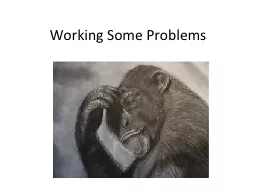

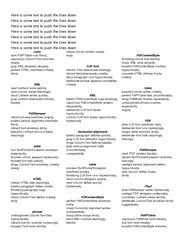

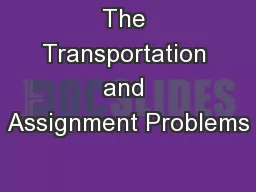

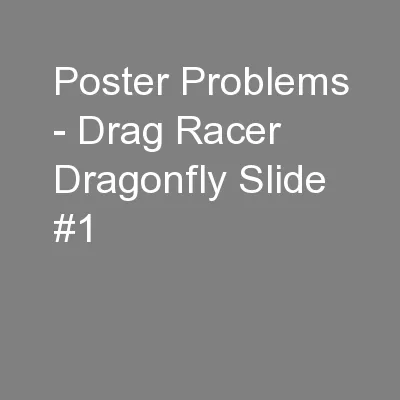

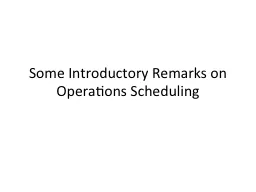
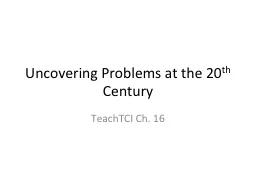
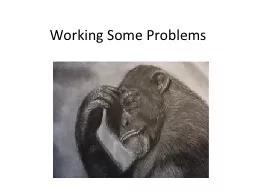
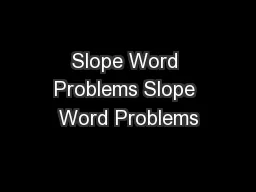
![(BOOS)-Some We Love, Some We Hate, Some We Eat [Second Edition]: Why It\'s So Hard to](https://thumbs.docslides.com/944439/boos-some-we-love-some-we-hate-some-we-eat-second-edition-why-it-s-so-hard-to-think-straight-about-animals.jpg)
![(BOOS)-Some We Love, Some We Hate, Some We Eat [Second Edition]: Why It\'s So Hard to](https://thumbs.docslides.com/946776/boos-some-we-love-some-we-hate-some-we-eat-second-edition-why-it-s-so-hard-to-think-straight-about-animals-6311b03952387.jpg)